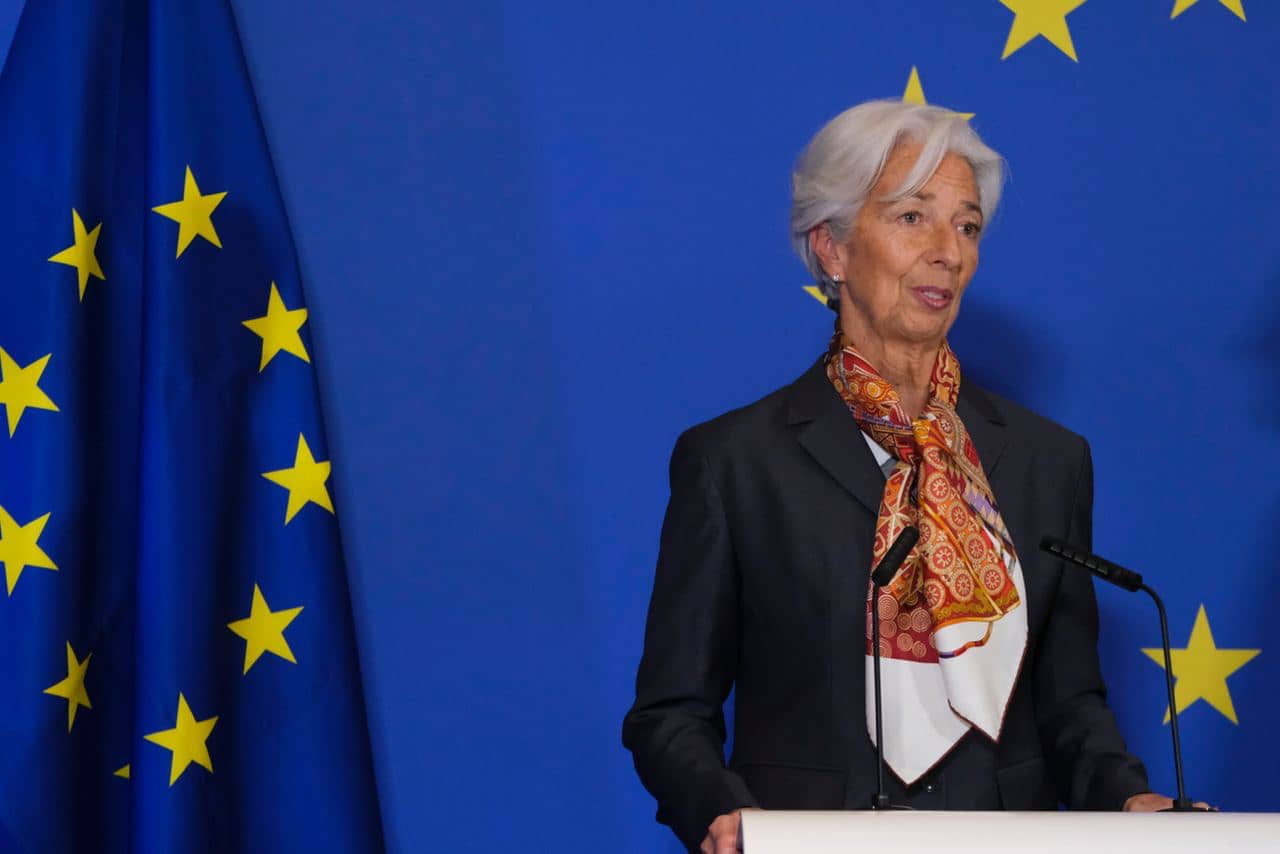ESMA Moves to Centralize EU Crypto Oversight, Challenging Member-State Autonomy
ESMA Moves to Centralize EU Crypto Oversight, Challenging Member-State Autonomy
By
Calder Monroe
Last updated:
October 7, 2025
First Published:
October 7, 2025

Photo: Finbold
A Turning Point for European Crypto Governance
The European Securities and Markets Authority, known as ESMA, is stepping up to redefine how crypto assets are governed within the European Union. The agency’s latest move aims to centralize oversight of digital asset markets, a decision that could reshape the balance of power between national regulators and the European bloc as a whole. This development represents a crucial moment in the EU’s long-term effort to create a more cohesive crypto regulatory environment.
From Fragmentation to Unity
For years, the European crypto landscape has been fragmented, with each member state interpreting and applying rules differently. ESMA now seeks to eliminate these inconsistencies by taking a stronger, more direct role. Its proposed framework suggests that the agency will have authority to monitor major exchanges, stablecoin issuers, and service providers across borders, ensuring that compliance and consumer protection are consistent across all EU nations.
Why Centralization Matters Now
This effort comes at a time when Europe’s crypto industry is expanding rapidly. As institutional adoption increases and digital assets become more embedded in financial systems, the lack of coordination among regulators has raised concerns about uneven enforcement and market vulnerabilities. By unifying supervision, ESMA aims to close regulatory gaps that could be exploited by bad actors or lead to market instability.
Member States Divided on Sovereignty
While some European nations support ESMA’s plan for centralized control, others see it as an intrusion into their financial sovereignty. Countries like France and Germany have been cautious, arguing that national regulators are better positioned to understand local market dynamics. Smaller nations, on the other hand, often welcome EU-wide frameworks as they can provide stronger investor confidence and attract cross-border capital.
Impact on Crypto Exchanges and Service Providers
If ESMA’s framework is implemented, major exchanges operating within Europe will face a single point of supervision rather than dealing with multiple national authorities. This could streamline compliance processes and reduce administrative burdens, but it may also introduce stricter oversight standards. Companies will need to adjust to a more uniform yet demanding set of operational and transparency requirements.
The Role of MiCA in This Transition
The Markets in Crypto Assets regulation, commonly known as MiCA, has already set the foundation for EU-wide crypto standards. ESMA’s latest proposal builds upon MiCA, seeking to strengthen its enforcement mechanism. While MiCA provides the rules, ESMA’s plan would ensure they are uniformly applied and monitored in real time. This marks an evolution from regulation by policy to regulation through active oversight.
Challenges in Implementation
Centralizing authority within such a diverse economic union is never easy. The process will require cooperation among national financial authorities, adjustments to legal frameworks, and significant investment in technology infrastructure. ESMA will need advanced data monitoring tools and a well-trained workforce to manage this cross-border surveillance effectively.
Potential Benefits for Investors and Businesses
For investors, a centralized regulatory framework could bring greater transparency and stability. They will have clearer insight into which exchanges meet EU-wide standards and which do not. For businesses, the unified model could reduce the complexity of operating across different jurisdictions, potentially encouraging innovation and broader adoption of blockchain solutions.
A New Era of Accountability
The move toward centralized supervision also reflects the EU’s growing emphasis on accountability in digital finance. As cryptocurrencies and tokenized assets gain mainstream acceptance, ensuring that all market participants play by the same rules becomes essential. ESMA’s initiative sends a clear signal that Europe wants to lead not just in innovation but in responsible governance.
The Road Ahead for the European Crypto Market
While the full impact of ESMA’s centralization plan remains to be seen, it represents a decisive step in Europe’s journey toward a more integrated financial system. The balance between innovation and regulation will continue to be tested, but one thing is certain—the European crypto sector is moving into an era where consistency, transparency, and investor protection will define success more than speed or speculation.
Popular articles
Subscribe to unlock premium content
Disney’s Timeless Magic and How the Entertainment Giant Continues to Shape Culture and Innovation

Imran Khan’s Economic Missteps Amid Political Chaos in Pakistan

The Philippines’ Digital Shift How Remittances and BPO Are Fueling Growth

Disney’s Timeless Magic and How the Entertainment Giant Continues to Shape Culture and Innovation

Imran Khan’s Economic Missteps Amid Political Chaos in Pakistan

Disney’s Timeless Magic and How the Entertainment Giant Continues to Shape Culture and Innovation









